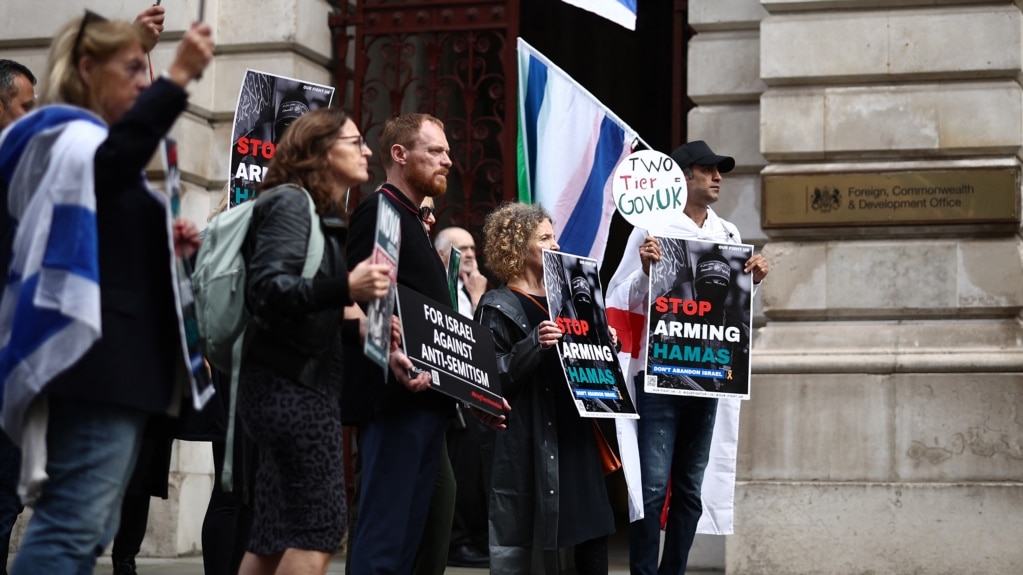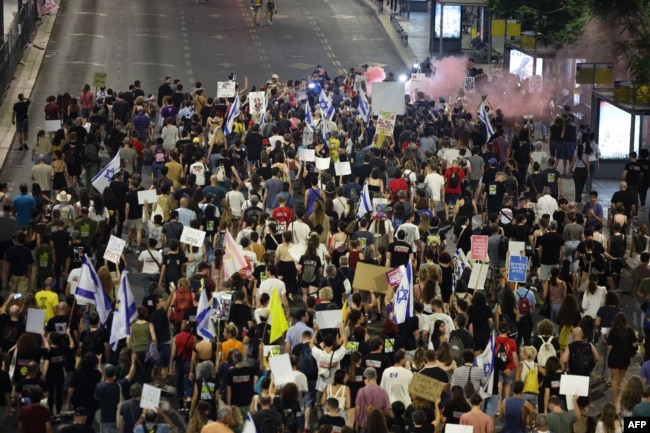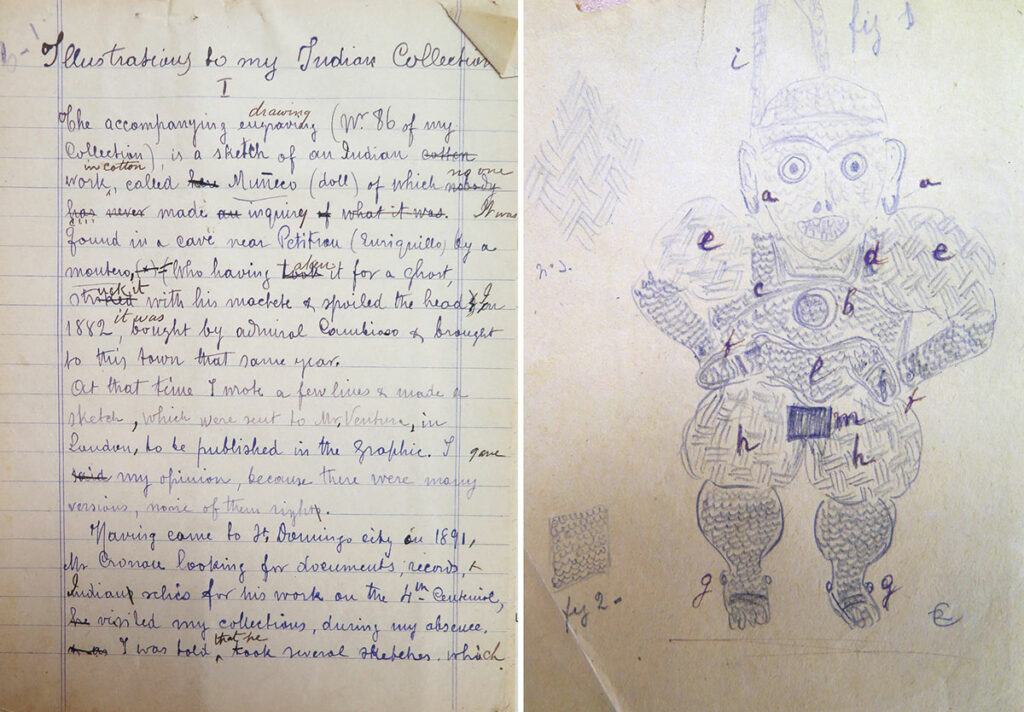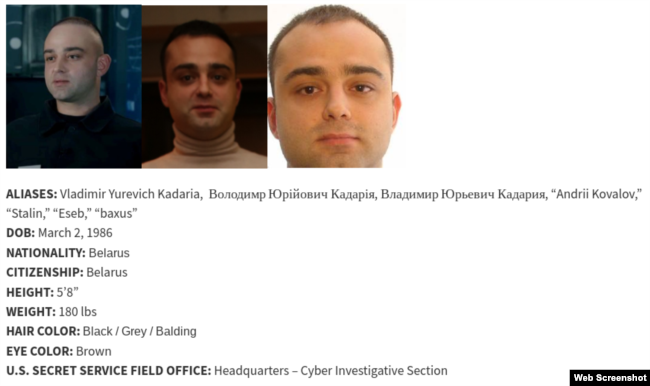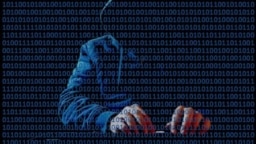Dangerous new coronavirus is one of more than 30 pathogens found in new study of Chinese fur farms
By Sarah Newey
Daily Telegraph UK·
4 Sep, 2024

HKU5, a concerning new bat coronavirus, was discovered in the lungs and intestines of mink which had died from pneumonia. Photo / 123RF
A concerning new bat coronavirus is among 36 novel viruses detected among animals including racoon dogs, mink and guinea pigs in Chinese fur farms, scientists have warned.
The results, published in Nature journal this week, reiterate the risk posed by small-scale fur farms, which continue to proliferate in China and Southeast Asia. It also expands the list of animals known to be susceptible to zoonotic pathogens, including novel coronaviruses, bird flu and Japanese encephalitis.
“Fur farms represent a far richer zoonotic soup than we thought,” said Professor Eddie Holmes, an evolutionary biologist and virologist at the University of Sydney. He co-authored the report alongside colleagues in China.
The researchers not only looked at commonly farmed and studied animals (such as mink, muskrats, foxes and raccoon dogs), but also species including guinea pigs and deer. These are less intensely farmed but remain commonplace in smaller backyard farms across China, and have rarely been the subject of disease surveillance efforts.
“What [the study] tells you is that these species are also full of viruses, and some of these viruses are jumping species boundaries … which is a real worry,” Holmes said. “I think that this [fur] trade is a roll of the dice. We’re exposing ourselves to viruses that come from wildlife, which is an obvious route [for the] next pandemic to occur.”
The team of researchers sequenced samples from 461 animals from fur farms, mostly in northeastern China. All had died after suffering from disease. The scientists identified 125 different virus species, including 36 new pathogens.
Of the viruses detected, 39 were deemed to have high spillover potential because they were “generalists” spotted in a diversity of animals.
The team also detected seven coronaviruses, with the original hosts traced to rodents, rabbits and canines. Though none were closely related to Sars-Cov-2, a concerning new bat coronavirus was discovered. Called HKU5, it was found in the lungs and intestines of mink which had died from a pneumonia outbreak on a fur farm

Denmark culled five million farmed mink in 2020 after the animals were found to harbour a mutated strain of Covid-19. Photo / 123RF
HKU5 ‘is a red flag’
“The question always is, can we work out what sorts of viruses we should worry most about, which are most likely to emerge [in humans]? It’s very hard to say, but if viruses are able to jump big evolutionary distances, it suggests they can replicate in different cell types. That is a risk,” said Dr Holmes.
“HKU5 needs to go on a watchlist immediately. It is absolutely a red flag,” he added, calling for more rigorous surveillance of fur farms inside China and across the globe.
Linfa Wang, director of the Emerging Infectious Diseases Research Programme at Singapore’s Duke-NUS Medical School, who was not involved in the study, said he agreed that HKU5 was a red flag, but that “we need more data from lab-based infection studies to corroborate this”.
Scientists have long been concerned that mink farms could provide fertile ground for viruses to mutate, as the animals are susceptible to many of the same viruses as humans.
In autumn 2020, Denmark culled its entire population of farmed mink – some five million animals – after a Covid-19 jumped from humans to mink, mutated, and then re-infected humans with a new strain. There was also alarm in Spain in 2022, when avian influenza was reported in a mink farm in the country’s northwest.
In the latest study, scientists also found mink infected with two H5N6 bird flu viruses – while guinea pigs had H1N2 and H6N2 was found in a muskrat.
“We know from European outbreaks that these [fur] farms can extremely easily get infected from wild birds,” said Dr Thomas Peacock, a virologist and fellow at the Pirbright Institute, who was not involved in the study but has previously called for the closure of fur farms worldwide.
“China, at least in recent history, has had a far greater diversity of avian influenza viruses which are considered to have pandemic potential than Europe, so any risk from Europe is multiplied by the situation in China.”
He added that the latest research reiterates the biosecurity risks posed by fur farms, and called for greater surveillance of the pathogens spreading inside them.
“This is very much a peeking under the lid of a massive industry,” Peacock told the Daily Telegraph. “The conclusions aren’t specifically ‘virus x was found in mink or raccoon dogs and therefore is a direct singular pandemic threat’, but more this practise seems to bring lots of divergent, unusual viruses together from wildlife/farmed sources which creates a mixing pot for virus evolution and emergence.”
JiaZhen Lim, a PhD student at the University of Hong Kong’s State Key Laboratory of Emerging Infectious Diseases who was not involved in the study, agreed: “I think the key takeaway is just that there are more viruses in the farmed animals than we previously knew, and some of [them] have the cross-species infection potential.”
The study did not put the findings in the context of the origins of Covid-19 – partly because the researchers did not find pathogens closely related to Sars-Cov-2, but also because the Chinese Government has largely blocked scientists in the country from exploring or discussing anything relating to how the pandemic may have started.
The debate about how Covid-19 first jumped to humans remains ongoing. Many scientists say available evidence points towards the pathogen jumping from bats to humans via an intermediate animal in the wildlife trade; others continue to speculate it leaked from a laboratory in Wuhan.
But Wang, who played a key role in the work that traced Sars-1 back to bats, said the new research highlights the dangers of zoonotic spillover.
“These findings are significant and add further confirmation that animals are the most dangerous source of future viral disease emergence,” he told the Telegraph.
“Although the paper does not address the origin of SARS-CoV-2, it independently demonstrated that the risk of new viruses emerging from animal sources is MUCH higher than any other potential sources. Nature is much better in making new viruses of all kinds than humans.”
Holmes also said that fur farms present a “clear epidemic or pandemic risk”.
“In these locations, farmed animals act as a bridge [for diseases to spread] between wildlife to people or livestock,” he said. He added that “at the very least”, there needs to be “expanded surveillance of animals and humans working in this trade, and globally, not just in China”.

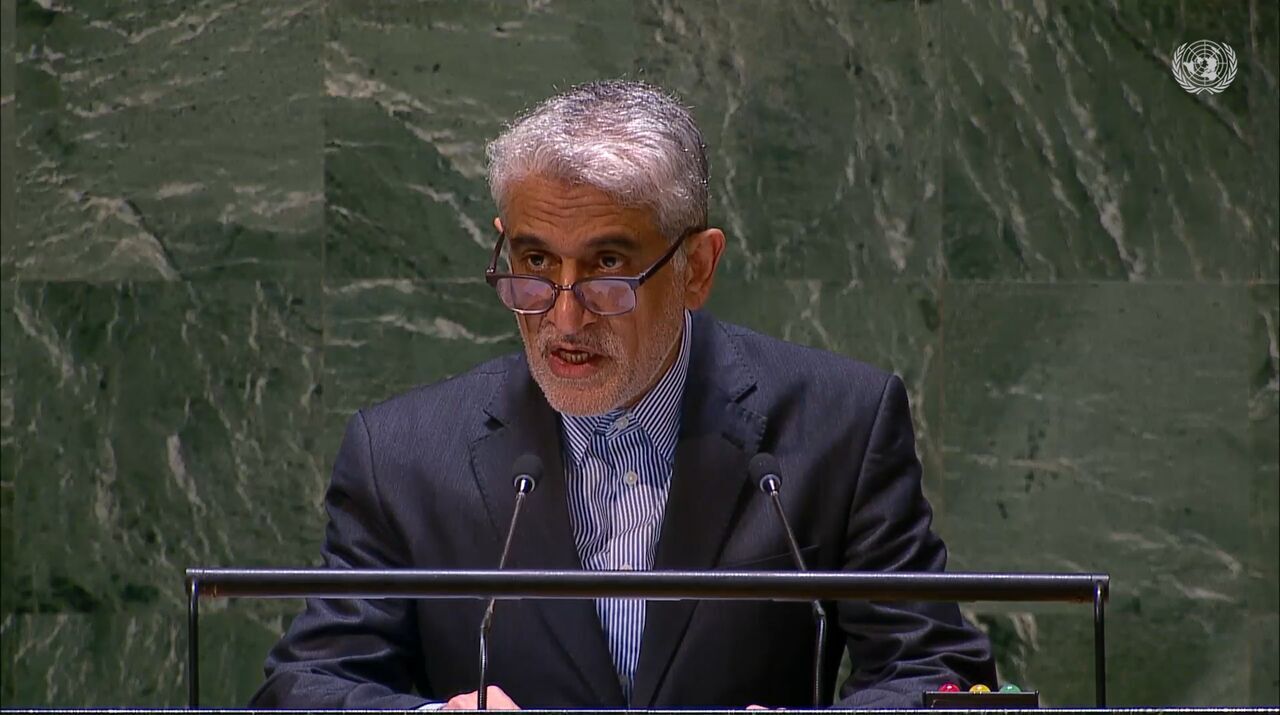
 Artwork created in solidarity with Palestine by Oakland High students posted in school hallways in the spring of 2024. (Photo: Oakland Education Association for Palestine Group via
Artwork created in solidarity with Palestine by Oakland High students posted in school hallways in the spring of 2024. (Photo: Oakland Education Association for Palestine Group via 